Trace the history of alternative housing in “Together! The New Architecture of the Collective” at the Vitra Design Museum
By Justine Testado|
Monday, Jul 31, 2017
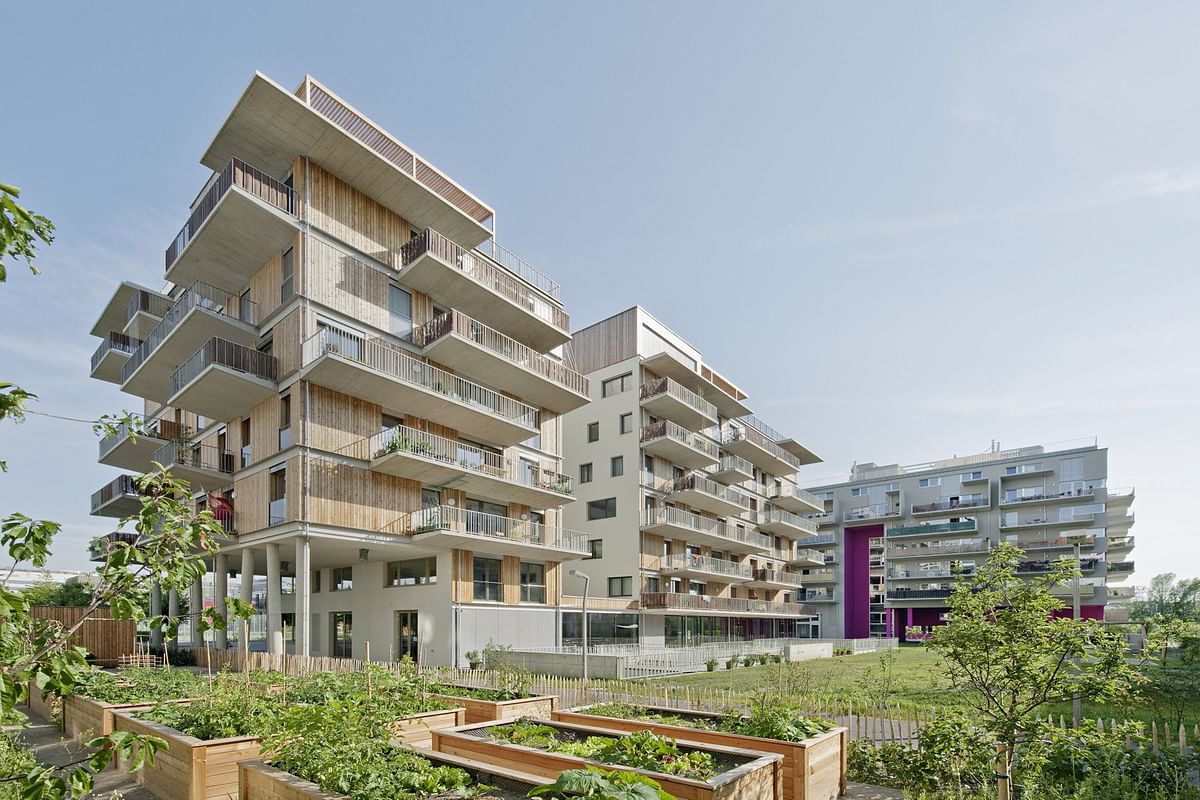
Related
Housing scarcity is nothing new, and the dire issue persists today in cities around the world. How have architects and inhabitants addressed these issues in the past and today? Currently at the Vitra Design Museum in Weil am Rhein, “Together! The New Architecture of the Collective” is an exhibition that traces the long history of collective housing in a variety of projects, as well as experimental case studies, in Europe, Asia, and the United States.

Co-curated by Ilka and Andreas Ruby, Daniel Niggli, and Mathias Müller (EM2N), the exhibition “manifests how these ideas are changing the way in which inhabitants and architects together conceive new forms of living which, beyond meeting individual needs, provide an answer to a central question of our time: how do we want to live together in the future?”
The exhibition starts with the origins of social housing ideals, which sparked from protests against existing housing conditions. This section includes the Phalanstères invented by Charles Fourier (1772–1837), the late 19th-century Monte Verità colony in the Swiss part of the Ticino, the housing cooperatives of the 1920s, Copenhagen's autonomous Christiania community, and the Zurich-based Karthago cooperative.


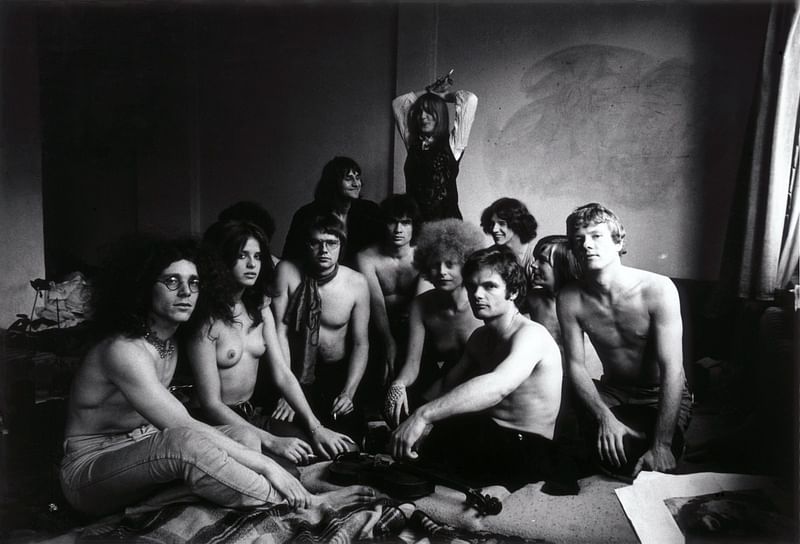
The exhibition’s second section displays 21 large-scale models of contemporary housing experiments by architects like einszueins architektur, Heide & von Beckerath, Michael Maltzan Architecture, ON design partners, pool Architekten, and Ryue Nishizawa. Altogether, these projects create a “fictitious city” that visitors can explore.
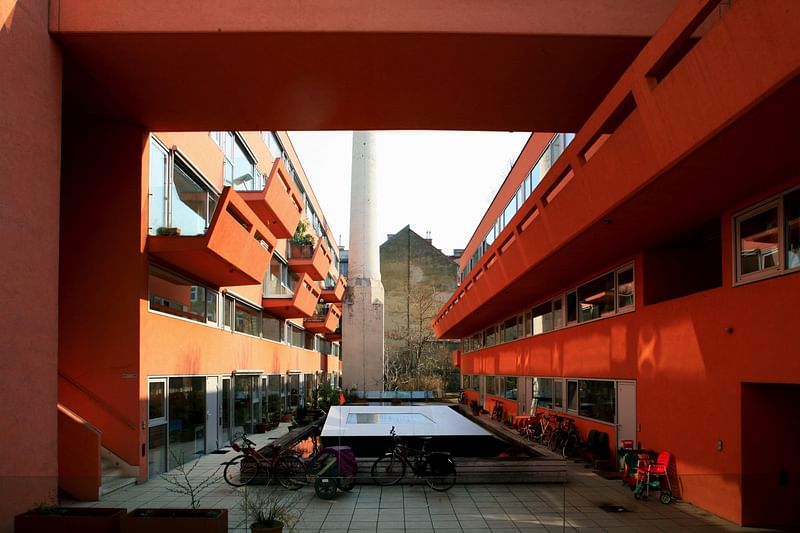

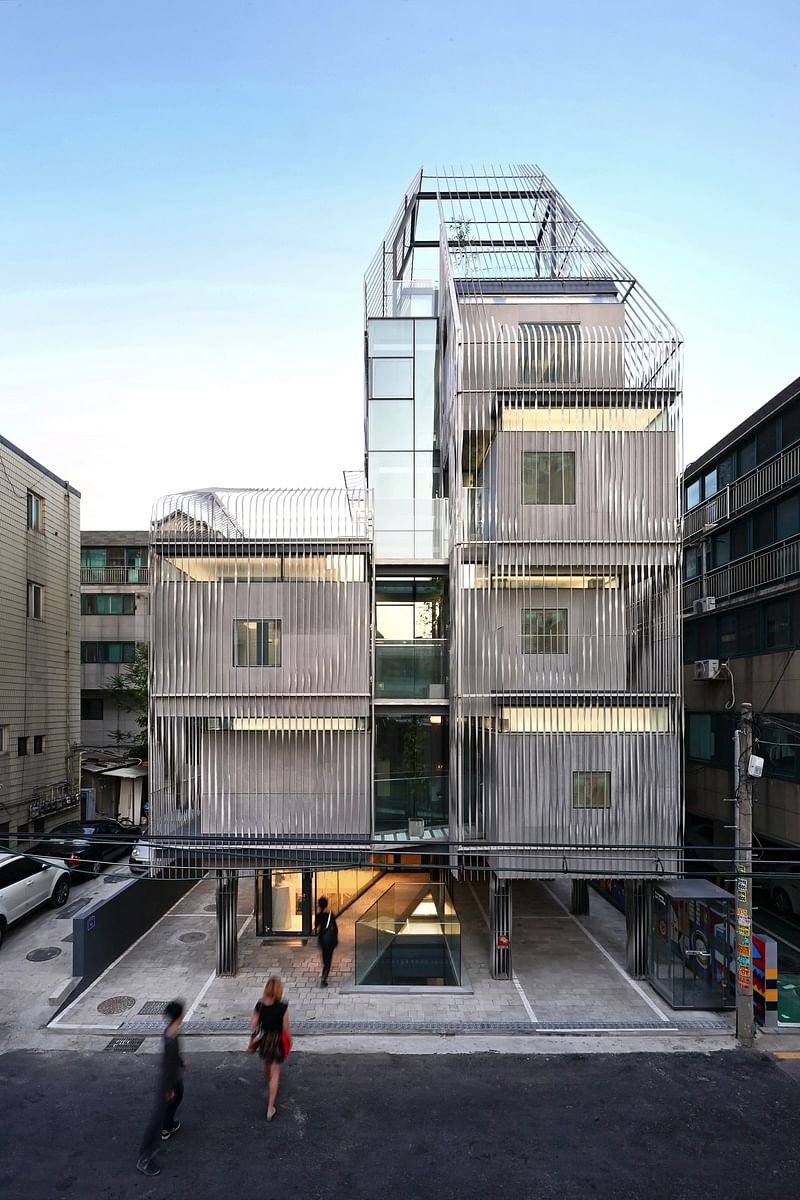
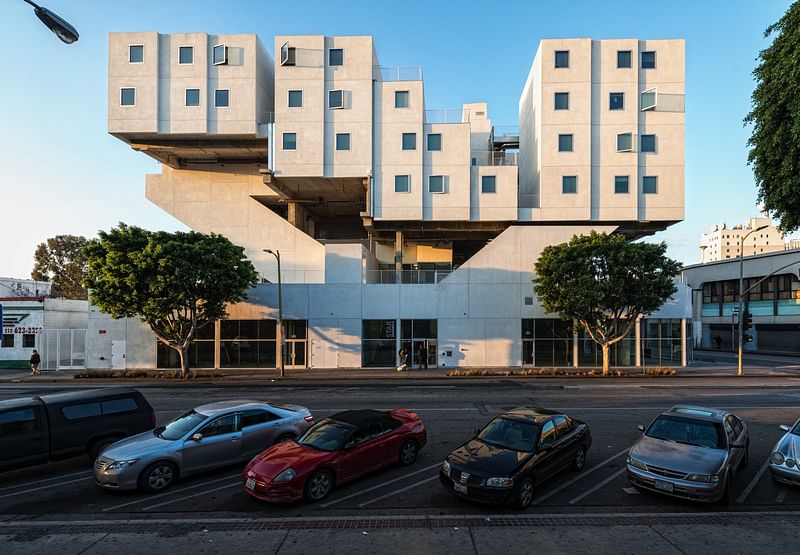
“A closer look at the models reveals that the innovation of this new collective architecture extends to the fundamental principles of volume, façade, and materials: the specific challenges and limited resources confronting the architects give rise to a unique aesthetic,” according to the Vitra Design Museum. “The context of the imaginary city moreover shows that many of these projects blur the boundaries between living space and urban space, between the private and public sphere.”


The third section of the exhibition features a full-scale model of a ‘cluster apartment’ that enables visitors to enter and experience the communal and private spaces of this housing typology. The installation also includes a series of photographs by Daniel Burchard, whose photographic essays delves into eight collective housing projects from different countries and documents scenes from everyday life.
“Together! The New Architecture of the Collective” is open now until September 10.

Share
0 Comments
Comment as :